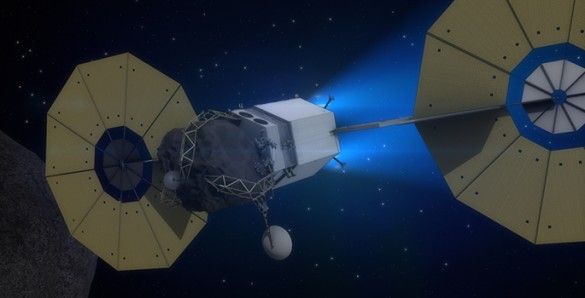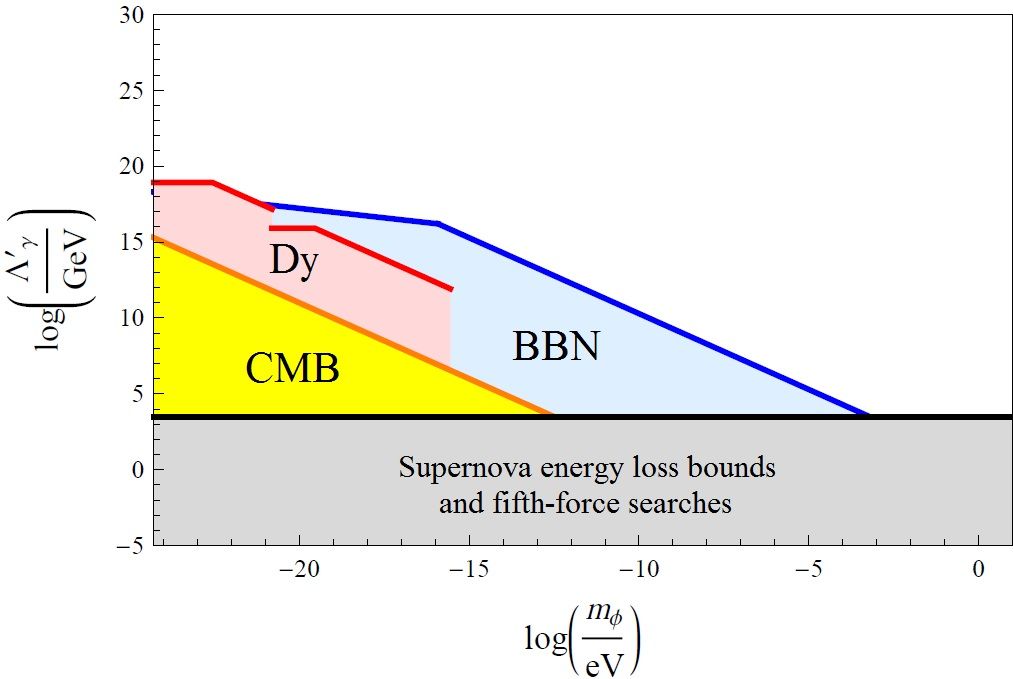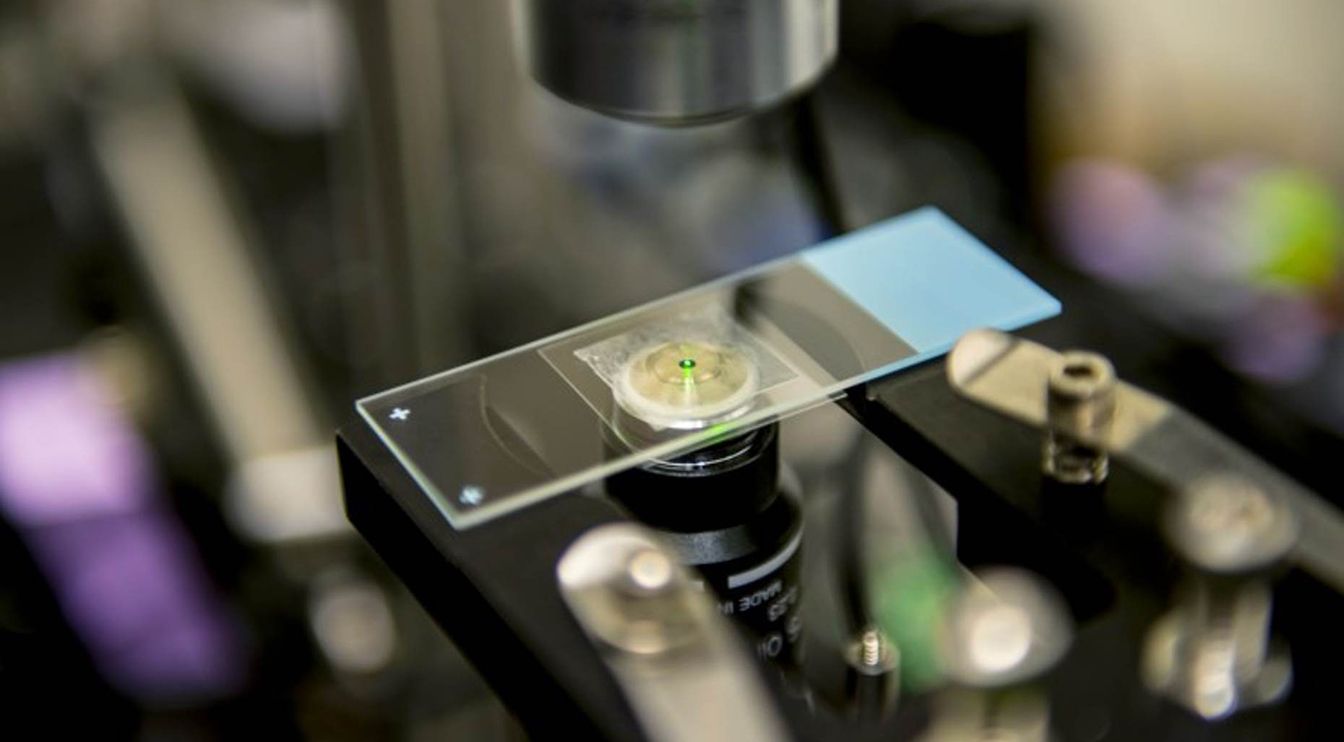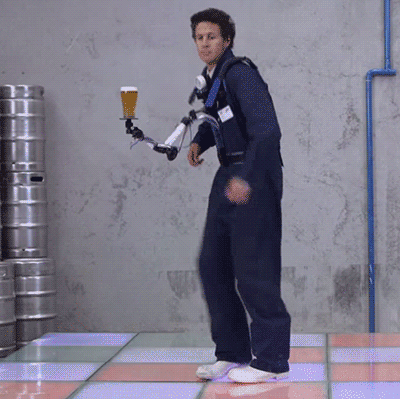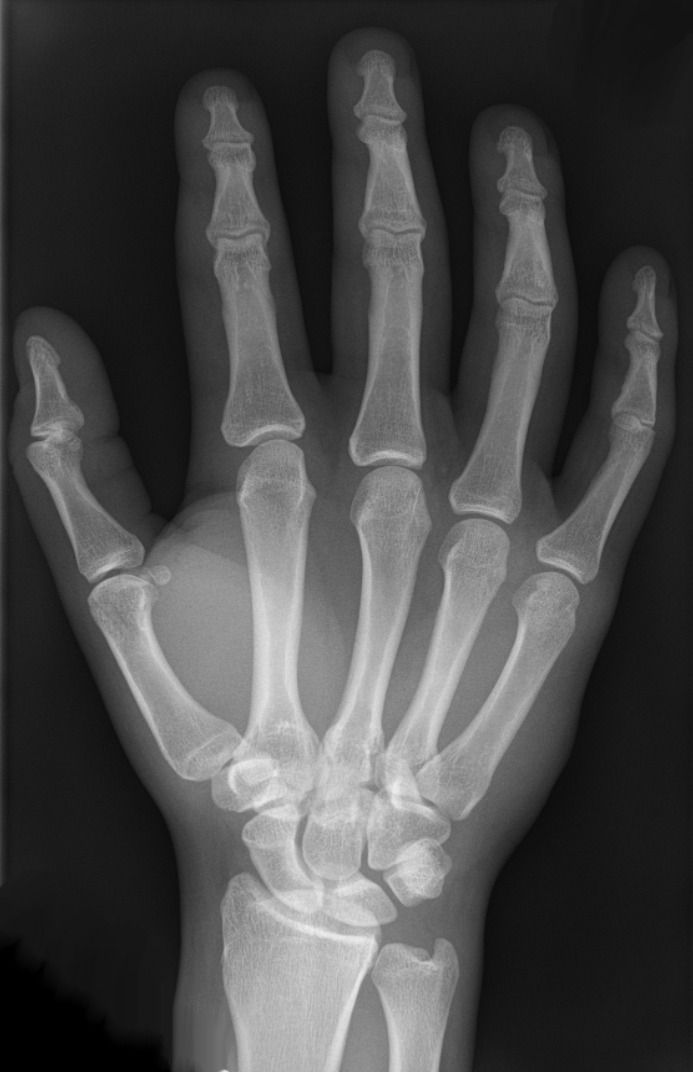Page 10982
Nov 20, 2015
New detector perfect for asteroid mining
Posted by Klaus Baldauf in categories: physics, space
“The opportunity to be involved in such a project as a graduate student is an amazing opportunity,” said Anna Egner, who is leading the team’s effort to build a mock-up of the spectroscope for an actual payload package. “Having always been enchanted and intrigued by physics and astronomy, working on an instrument that might one day fly into space is awesomely exciting.”
The first commercial missions to nearby asteroids could launch as early as 2020, but it will be decades before asteroid mining begins in earnest. In the meantime, the new spectroscopic technology promises to provide planetary scientists with new details about the chemical composition of the asteroids, comets, moons and minor planets in the solar system: information that is certain to improve our understanding of how the solar system formed. In addition, it could become an important tool in the planetary defense arsenal because it can determine whether objects crossing Earth’s orbit are made from rock or ice.
Media Inquiries: David Salisbury, (615) 322-NEWS [email protected]
Nov 20, 2015
Can We Test Dark Energy Using The Solar System?
Posted by Andreas Matt in category: space
On the largest scales, it’s responsible for driving galaxies and clusters of galaxies apart. But could it affect us in a way we could measure at home?
Nov 19, 2015
Dark matter might cause fundamental constants to change over time
Posted by Andreas Matt in categories: cosmology, particle physics
(Phys.org)—The fundamental constants of nature—such as the speed of light, Planck’s constant, and Newton’s gravitational constant—are thought to be constant in time, as their name suggests. But scientists have questioned this assumption as far back as 1937, when Paul Dirac hypothesized that Newton’s gravitational constant might decrease over time.
Now in a new paper published in Physical Review Letters, Yevgeny V. Stadnik and Victor V. Flambaum at the University of New South Wales in Sydney, Australia, have theoretically shown that dark matter can cause the fundamental constants of nature to slowly evolve as well as oscillate due to oscillations in the dark matter field. This idea requires that the weakly interacting dark matter particles be able to interact a small amount with standard model particles, which the scientists show is possible.
In their paper, the scientists considered a model in which dark matter is made of weakly interacting, low-mass particles. In the early Universe, according to the model, large numbers of such dark matter particles formed an oscillating field. Because these particles interact so weakly with standard model particles, they could have survived for billions of years and still exist today, forming what we know as dark matter.
Nov 19, 2015
Fintech from the World’s Financial Capital — London — By Andreessen Horowitz | SoundCloud
Posted by Odette Bohr Dienel in category: finance
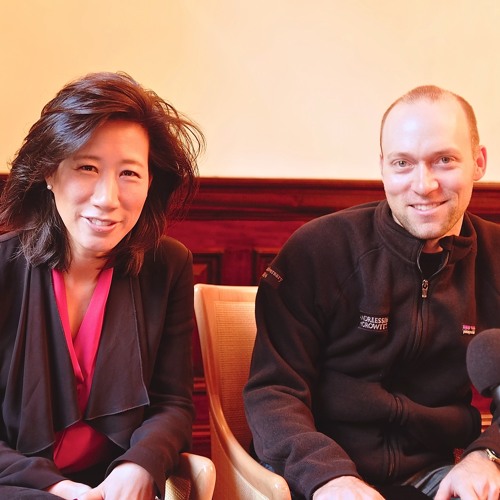
Nov 19, 2015
Laser ‘freeze ray’ could change cooling biology labs, computer processors
Posted by Shailesh Prasad in category: computing
Laser cooling isn’t a new idea, but this is the first time it’s actually worked in real-world conditions.
New Tail lights from Audi.
What do you think of these new Tail lights from Audi? Will they become the next big thing?
Nov 19, 2015
‘Power Over Wi-Fi’ named one of the year’s game-changing technologies
Posted by Shailesh Prasad in categories: electronics, energy, internet
University of Washington engineers have developed a novel technology that uses a Wi-Fi router—a source of ubiquitous but untapped energy in indoor environments—to power devices.
The Power Over Wi-Fi (PoWiFi) system is one of the most innovative and game-changing technologies of the year, according to Popular Science, which included it in the magazine’s annual “Best of What’s New” awards announced Wednesday.
The technology attracted attention earlier this year when researchers published an online paper showing how they harvested energy from Wi-Fi signals to power a simple temperature sensor, a low-resolution grayscale camera and a charger for a Jawbone activity tracking bracelet.
Nov 19, 2015
Accident Creates Bone From Stem Cells
Posted by Robert James Powles in category: biotech/medical
Bone loss and frailty greatly diminish quality of life as we get older, and learning how to regrow bone across the body is a key rejuvenation target.
Stem cells are difficult to work with
We can now produce induced pluripotent stem cells from adult tissue, but differentiating them into a specific tissue is a major challenge. We’re still working on finding the exact chemical cues that create each specific cell type, and stem cells are highly sensitive. There has been progress in many areas, but we still have a way to go.

